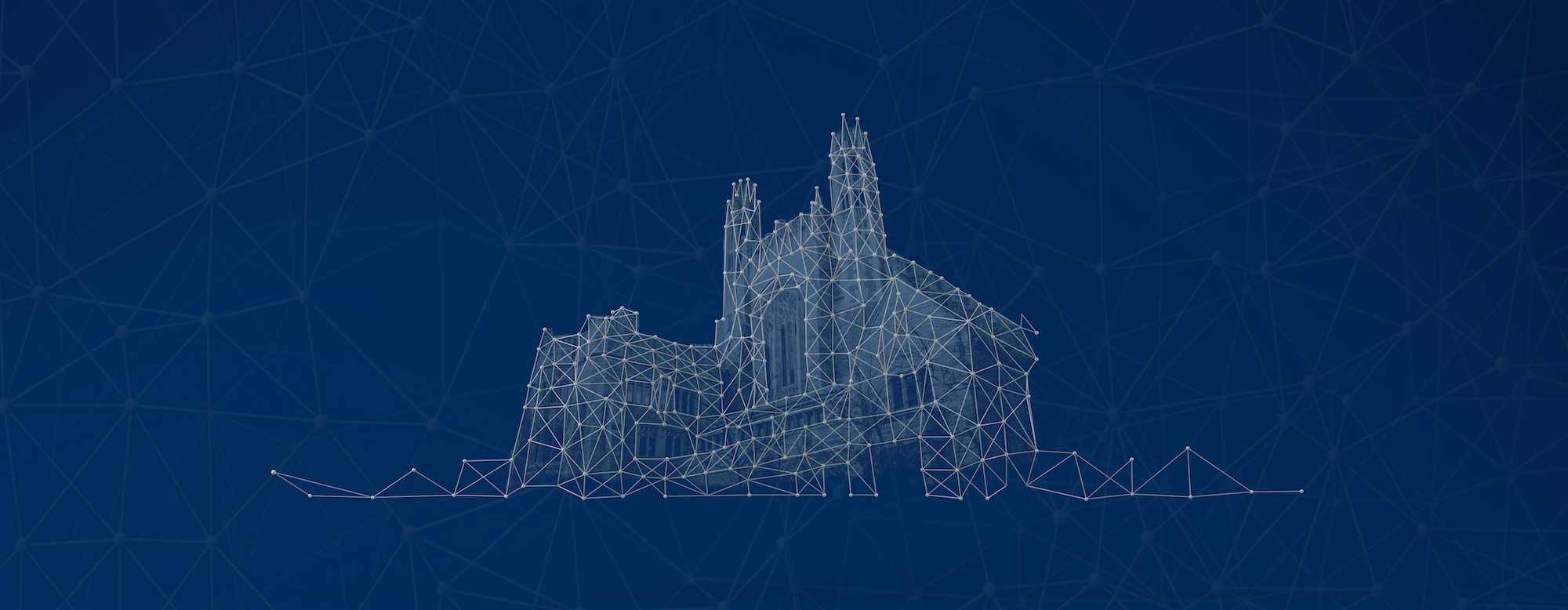Increasingly, social media companies have engaged in the creation, development, and deployment of “worlds” within a virtual reality setting, leading to significant interactions among users within these engineered spaces. However, this expansion has also been accompanied by harms. While some harms are unique to immersive reality technology, many mirror harms that occur in the analog environment, including fraud, theft, verbal abuse, and child sexual exploitation. Others replicate harms that have already exploded in non-immersive online spaces, including image-based sexual exploitation, cyberstalking, and invasion of privacy. Unfortunately, the architecture and infrastructure of these spaces has created what we coin here to be a “veil of scale”—behind which bad actors are able to hide, and through which criminal and civil actions are systemically unable to reach. Even when existing statutes are, in theory, fully applicable to individual bad actors who commit harms within virtual settings, our current regulation and enforcement infrastructure offers few options for redress when the person who commits the harm is anonymous and ephemeral. Moreover, because of Section 230 of the Communications Decency Act, which has been consistently held to limit social media platforms’ liability for third-party “content,” plaintiffs who attempt to make themselves whole by suing the platforms themselves have routinely been thwarted by courts.
In this Article, we make the case for using premises liability doctrine within the metaverse to address these harms and hold platform companies accountable. Specifically, by using this doctrine to hold corporations liable for harms within their engineered venues, platforms would be incentivized to use their superior knowledge of ongoing risks within their properties to prevent harm to others—just as premises law has done with regard to physical space for centuries. The premises framework provides a path of redress for victims of foreseeable, preventable, and egregious harm, while also recognizing that not all harms are preventable, and not all precautions are reasonable. As we face emerging harms facilitated by a new, engineered space of interaction, premises liability offers a familiar legal paradigm that (1) has sound jurisprudential foundations, (2) is well-aligned, for concrete technological reasons, with dilemmas of place-built risk and third-party harms, and therefore (3) can be taken with minimal adjustments and applied to real-world harms effectuated via the metaverse.
